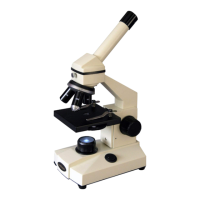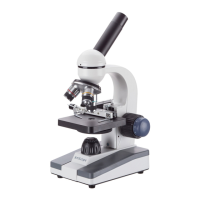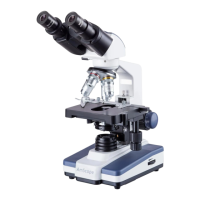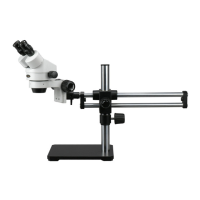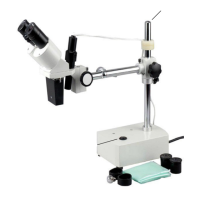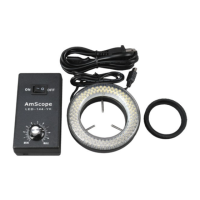113
MU Series (Windows)
User’s Manual
Process Menu Tools
Image Stacking
“Image Stacking” is a method form of speckle imaging used for obtaining high quality images from a number
of short exposures with varying image shis. Astronomers use this method as well as many image stabilizaon
funcons on cameras.
By calculang dierenal shis of the images based on locaon of items within the image (such as stars), the
images can be aligned and averaged together, creang signal to noise rao increases and dynamic contrast
ranges. For microscopy, this is best used for uorescent imaging and many biological microscopy techniques
that require low light environments.
The “Image Stacking” tool is used by recording a short video to get a high quality set of images at ease without
worrying about image rotaon, shiing, or scaling between the series of images.
1. Begin by capturing a short video of the sample desired to image stack, or locang a video that the user
would like to use that was pre-recorded. It does not need to be moved in any direcon, nor moving. The more
sll the video, the beer the nal stacked product will be.
2. When ready, click the “Image Stacking...” funcon in the “Process” menu. The soware will open a browse
window, asking which video it should use for image stacking. Select the correct one, and hit “OK.” Note that
the soware supports .wmv, .asf, .avi, .mp4, .m4v, .3gp, .3g2, .3gp2, .3gpp, .mov, .mkv, .v, .rm, and .rmvb le
formats for image stacking.
3. The soware will scan the video and process mulple frames into alignment, then average them, to provide
the stacked image as the nal result once processing is complete.
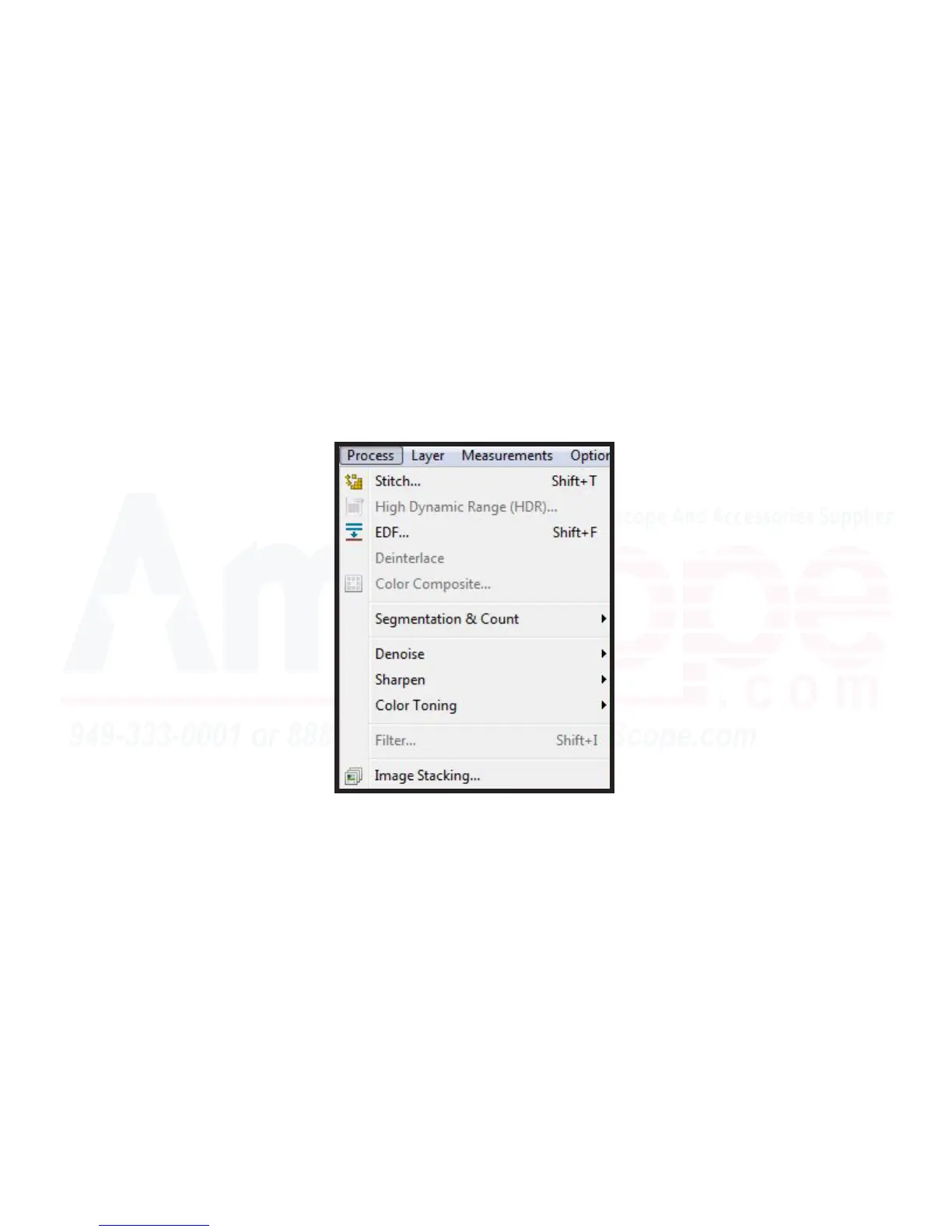